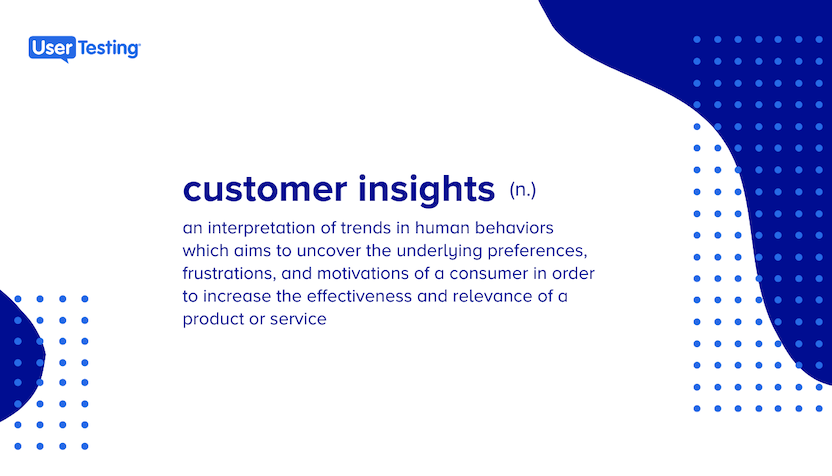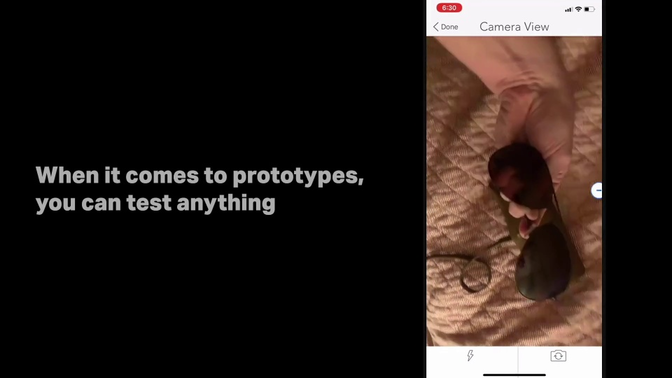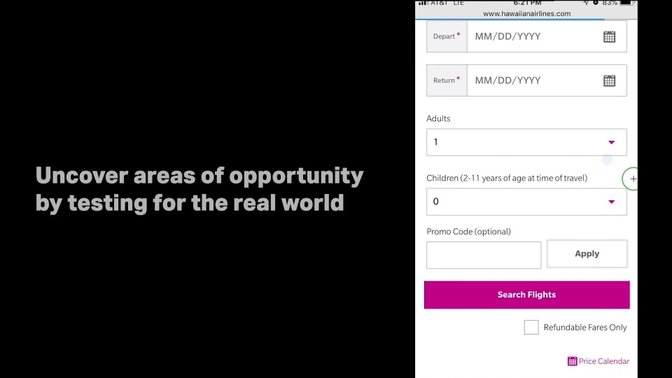
What are customer insights and why they’re important

Few things in business are more challenging than understanding the customers’ exact wants, needs, and desires. It’s even more challenging to prove that what you think you know is true—and encompasses your entire customer base. That’s why marketers and executives rely on a combination of qualitative and quantitative data to draw on the customer insights they need to make smarter decisions.
However, traditional methods for collecting this data aren’t perfect and don’t necessarily paint a holistic view of the customer. Quantitative research methods might help you uncover trends and patterns in data, but it falls short explaining why the trends are occurring. And qualitative research methods, like focus groups and ethnographic research, might be great at uncovering the why behind the data trends, but they can be expensive and time-consuming.
But that doesn’t mean you should give up trying to understand your customers. In this article, we’ll unpack the importance of customer insight, how you can collect it, and strategies for making that feedback actionable for your business teams. Let’s begin by defining customer insight.
What are customer insights?
Customer insights, or consumer insights, are an interpretation of trends in human behaviors that aim to uncover the underlying preferences, frustrations, and motivations of a consumer to increase the effectiveness and relevance of a product or service.

When making business decisions, employing customer insight may increase sales or customer satisfaction—producing a healthier bottom line and lasting customer lifetime value. Ultimately, its primary purpose is to understand why a consumer cares for (or dislikes) a brand, product, or experience to generate, develop, or retain customers.
Why is customer insight important?
The answer is simple: understanding what your customers need and want is intrinsic to your business’ success. Think about it. Customer insights allow your business teams to gain a deeper understanding of how your customers think and feel about your products and services. By knowing this, you’re able to build deep customer empathy beyond understanding what they need, but exactly why they need it.
Not to mention, this form of listening to your customers allows you to create ever-improving experiences that stand the test of time. Today it could be a global pandemic, and tomorrow it could be something different. Still, the point is that if you’re constantly collecting and analyzing customer insights, you’ll never have to take a shot in the dark.
How to collect customer insights
Customer insights are most actionable when they combine data from both qualitative and quantitative research. And there are specific methods for gathering data for each of these types of research. Traditional quantitative research methods, like surveys, and traditional qualitative research methods, like interviews and focus groups, can be effective, but they have one fundamental flaw. They all rely on your customers’ memory or predictions of their behavior.
The problem with relying on memory is that it deteriorates over time. Let’s say you’re an airline, and you want to understand how to improve the boarding process. Well, if you send a survey afterward or request an interview, there’s a multitude of things that could influence the respondent’s answers—starting with forgetting details to a negative experience with baggage claim that might skew the respondent’s overall sentiment toward the travel experience.
One effective form of qualitative research is ethnographic research, in which a researcher shadows an individual and records their behavior. The obvious challenge with this is that the presence of a researcher isn’t natural to any situation. This could lead to behavior changes such as aiming to please the researcher or “stage fright.”
The solution? Remote usability testing.
7 ways remote usability testing can uncover customer insight
While remote usability testing is most commonly used for testing prototypes, websites, and apps, it can also be used to collect customer insights on a range of experiences.
It’s an efficient way to capture real people completing real tasks. The major benefits of remote usability testing include:
- Testing wherever your customers naturally interact with your product or experience
- Fast and cost-efficient
- On-demand and in real time, so it doesn’t rely on memory or predictions to get feedback
1. Get insights on how consumers use an existing product
If you’re marketing an existing product, you can find out:
- What words your target customer uses to describe your product or brand
- How target customers describe your competitors’ product or brand
- Why they prefer one product over another
- The context for how they use your product

From there, you can make connections to gain actionable insights.
2. Conduct market research for a new product
When you’re researching how to market a new product, you can find out:
- Whether your target customer already sees a need for your product
- How they could imagine the product fitting into their lives
- How they feel about similar, existing products
- If your prototype is living up to expectations

The answers to these questions will help you develop an effective strategy for introducing the new product to the market.
3. Dig into demographic trends
If you’re trying to uncover trends in how customers of different demographics interact with your product or your brand, you can run the same study with different segments.
For example, to compare how men and women view your product differently, you might choose to run two separate studies: one each, with 10 men and 10 women. This would make it easy to compare results from the two demographics.
Maybe you’ve struggled to win over a particular segment of the market. You can conduct a study to have participants from that demographic explain how they feel about your brand, which competitors they prefer, and what qualities are important to them when they make their purchase decision.
4. Add context to existing data
If you’ve already been conducting surveys or other research on how consumers feel about your product or experience, you’ve probably uncovered a lot of interesting trends already. Now, you can run a study to fill in some context about why people were doing the things they do.
A study with just five participants can give you a lot of additional insights since participants have the freedom to explain their thoughts aloud and show you how they interact with products wherever they use them naturally. It’ll give you a clearer picture of how a product fits into their lives than you would get through surveys alone.
5. Uncover creative use cases
Not all of your customers use your product in the traditional way. A customer insights study will help you find unusual use cases that can spark innovation for marketing campaigns and product development.
6. Get competitive insights
Did one of your competitors just unveil a hot new product? Before you rush to follow in their footsteps, you can do some exploratory research to see how consumers interact with the product—especially any potential dislike about using it. This can be a great opportunity for you to frame your product as the solution to that unmet need.

7. Cut down your research time
If you’re currently relying on large surveys and focus groups to gain your consumer insights, you’re probably used to taking weeks or months to get results. By incorporating usability testing into your research plan, you can start getting insights in hours instead.
Build your own customer insight strategy
Every business is different, but they all have one thing in common: the need to be customer-centric. And in order to do that, a deep understanding of the customer and their needs is essential. It’s time to empower your teams to collect their own insights.
In this Article

The UX research methodology guidebook
The UX research methodology guidebook





